![[Translate to English:] Hase, Schweinswal, Fasan, Europäischer Otter, Seehunde](/fileadmin/_processed_/8/e/csm_Collage-Forschungsprofil_bc3e5720a2.jpg)
Wildlife research is focused on basic research, applied research and monitoring. ITAW's goal is to elucidate the biology and ecology of wild animals as well as to investigate the influence of anthropogenic activities on wildlife. Health status and populations are assessed. Research is concentrated on:
1) Investigations on Health Status
Clinical and morphological pathology of different wild animals
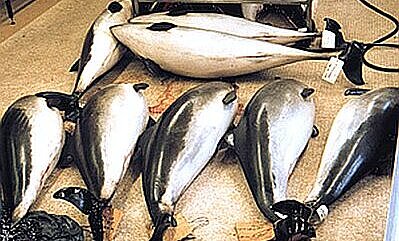
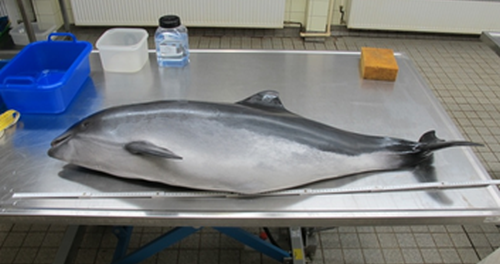
Auditory research: audiometric measurements, CT, morphology and impairment of hearing due to noise burden, harmful substances and pharmaceuticals
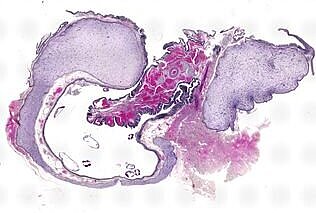
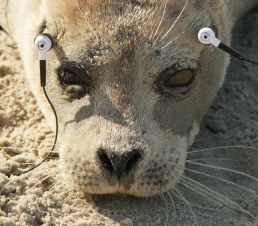
Infectious diseases / zoonoses: effects of parasitic, bacterial and viral infections (in particular, distemper infection in seals), fomites, resistencies
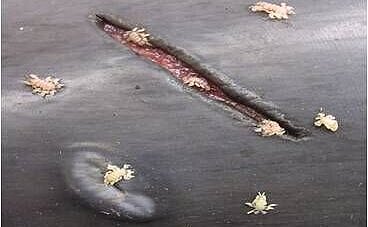
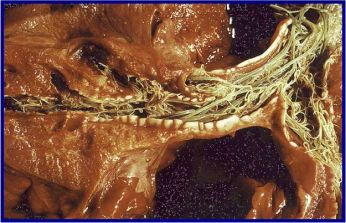
Endocrine, immune, reproductive, respiratory and digestive systems, nutritional status
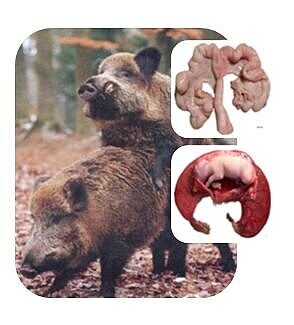
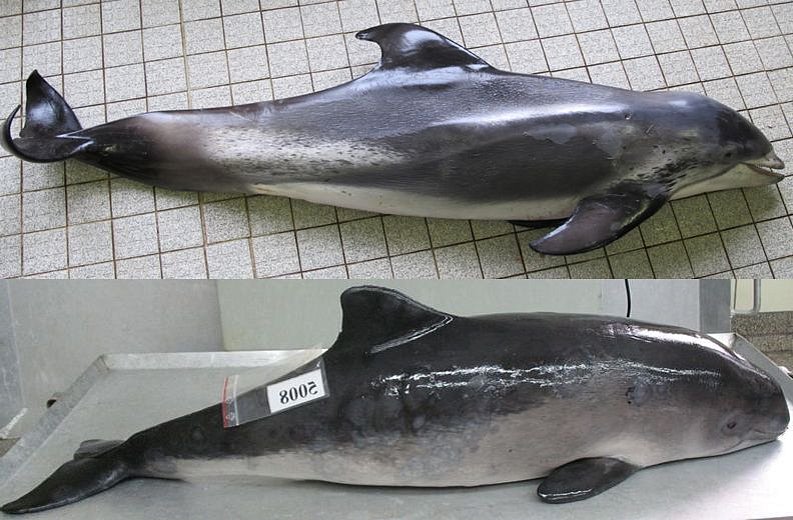
Effects of chemical and acoustic pollution of the environment Determination of good environmental status (natural influences vs. anthropogenic influences) Epidemiology
2) Investigations on Habitat Use
Population surveys of marine and terrestrial mammals primarily through aerial and ship-based surveys, spotlight surveys, photo traps, infrared cameras, etc.
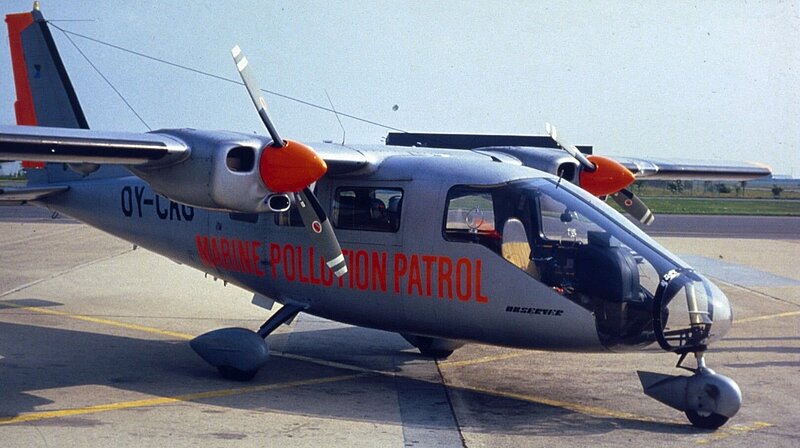
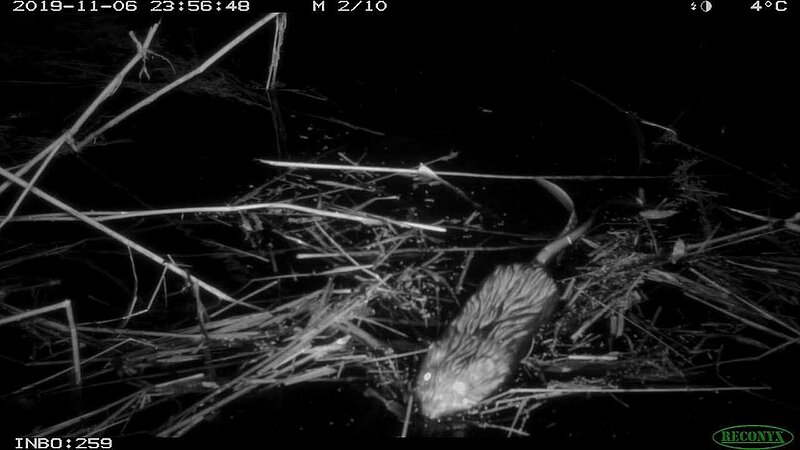
Deployment of towed hydrophone and stationary T-PODs (acoustic click detectors), recording of environmental noise
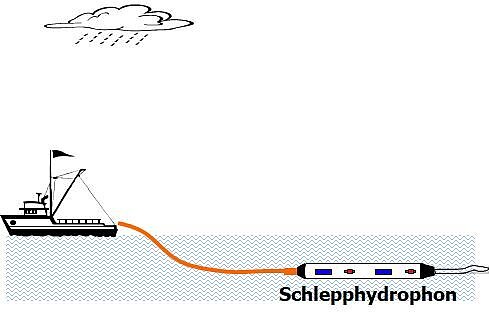
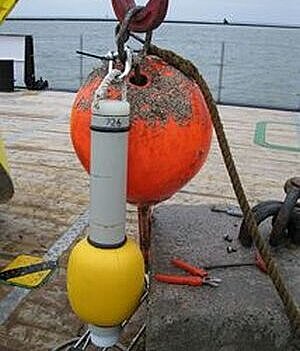
Fitting of transmitters on wild animals to elucidate activity patterns, orientation, acoustic influences and feeding
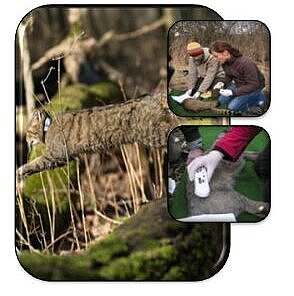
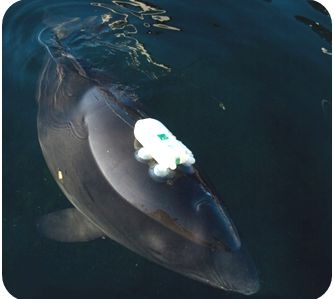
Feeding ecology (stomach contents, fatty acid analyses, analysis of stable isotopes, stool samples, telemetry, survey of food availability)
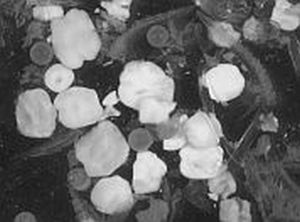
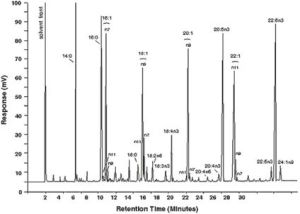
Development of habitat models (using physical and biological environmental characteristics)
3) Effects of Anthropogenic Interference
Acoustic and chemical pollution of the environment


Fishery, tourism, shipping, agriculture, forestry, animal production and hunting
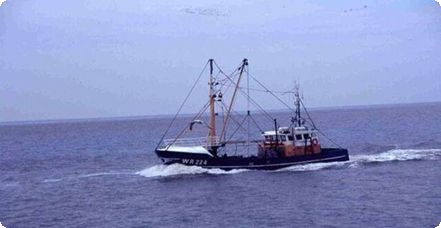

Road construction and waterway engineering: cutting up of habitats, green bridges
Biogas and wind turbine plants Offshore activities (e.g., construction of wind turbines, seismic and military activities)
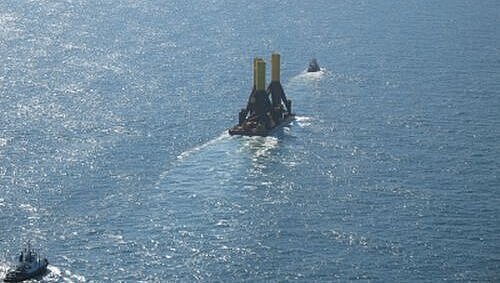
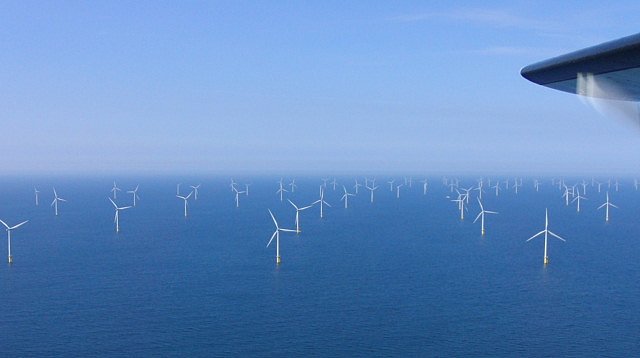
Cumulative effect of the inferences listed

4) Re-establishment, Return, Re-introduction of Wild Animals
Re-establishment of extinct wild animal species (e.g., wisent, lynx)
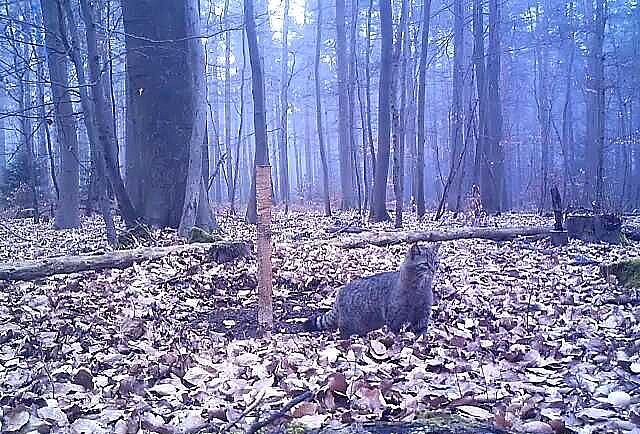
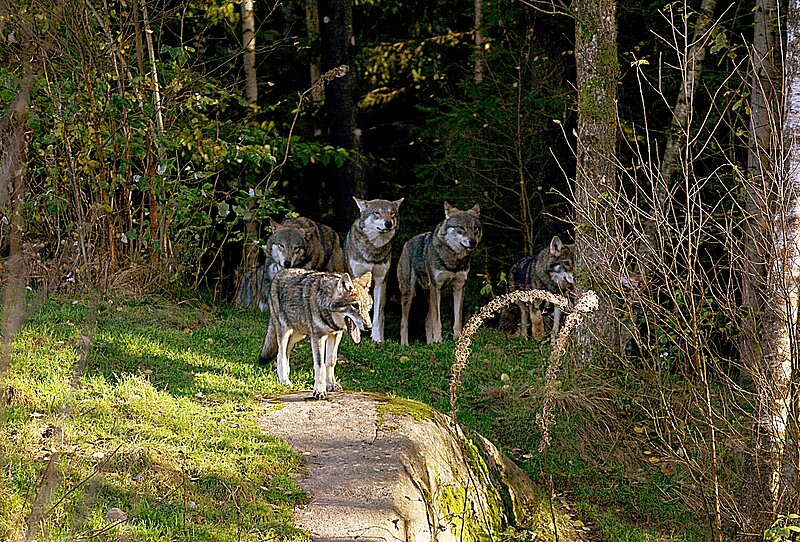
Effects of reintroduction and rehabilitation programs on wild animal populations
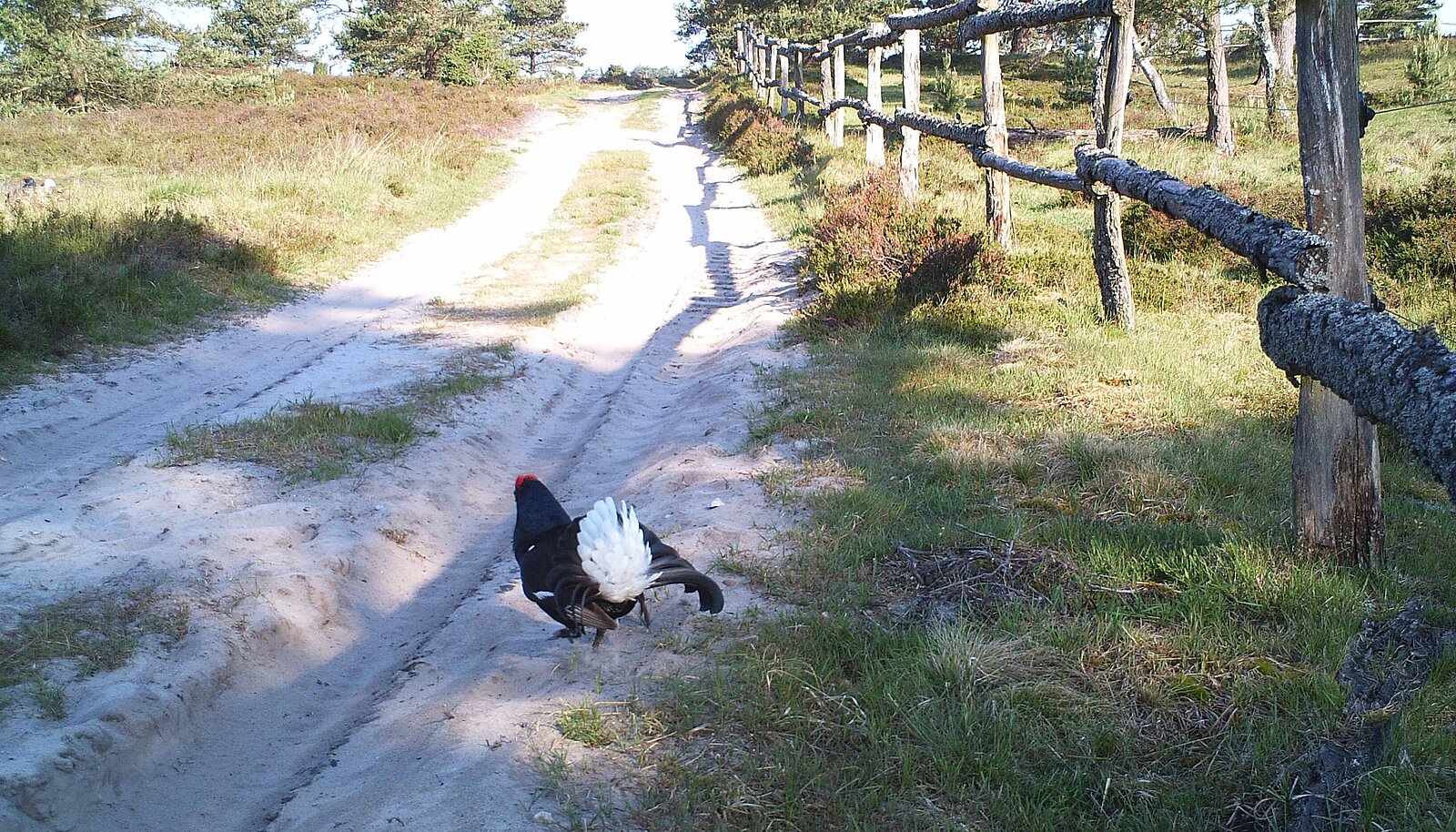
5) Databases and Sample Repositories
The vast majority of these research efforts are financed through third-party funding obtained from state and federal ministries, the European Union and numerous foundations, as well as through funding of the Association of Supporters (Förderverein). Research contracts are assigned to the Institute by the Ministry of Nutrition, Agriculture, Consumer Protection and Rural Development of the State of Lower Saxony, the Federal Foundation for the Environment (Deutsche Bundesstiftung Umwelt, DBU), the Nature+Human Foundation (Stiftung Natur+Mensch) and the Hunting Association of Lower Saxony (Landesjägerschaft Niedersachsen e.V.). Scientific cooperations exist with numerous research institutions (links) in Germany and beyond. Scientists of ITAW serve on several international bodies (e.g., TSEG, ASCOBANS, ICES, IWC, IAPEME) and advise the German federal government on the implementation of treaties. (particularly: distemper infections in seals)
Current research projects of the Institute for Terrestrial and Aquatic Wildlife Reserach (ITAW) are described here: terrestrial research and aquatic research


